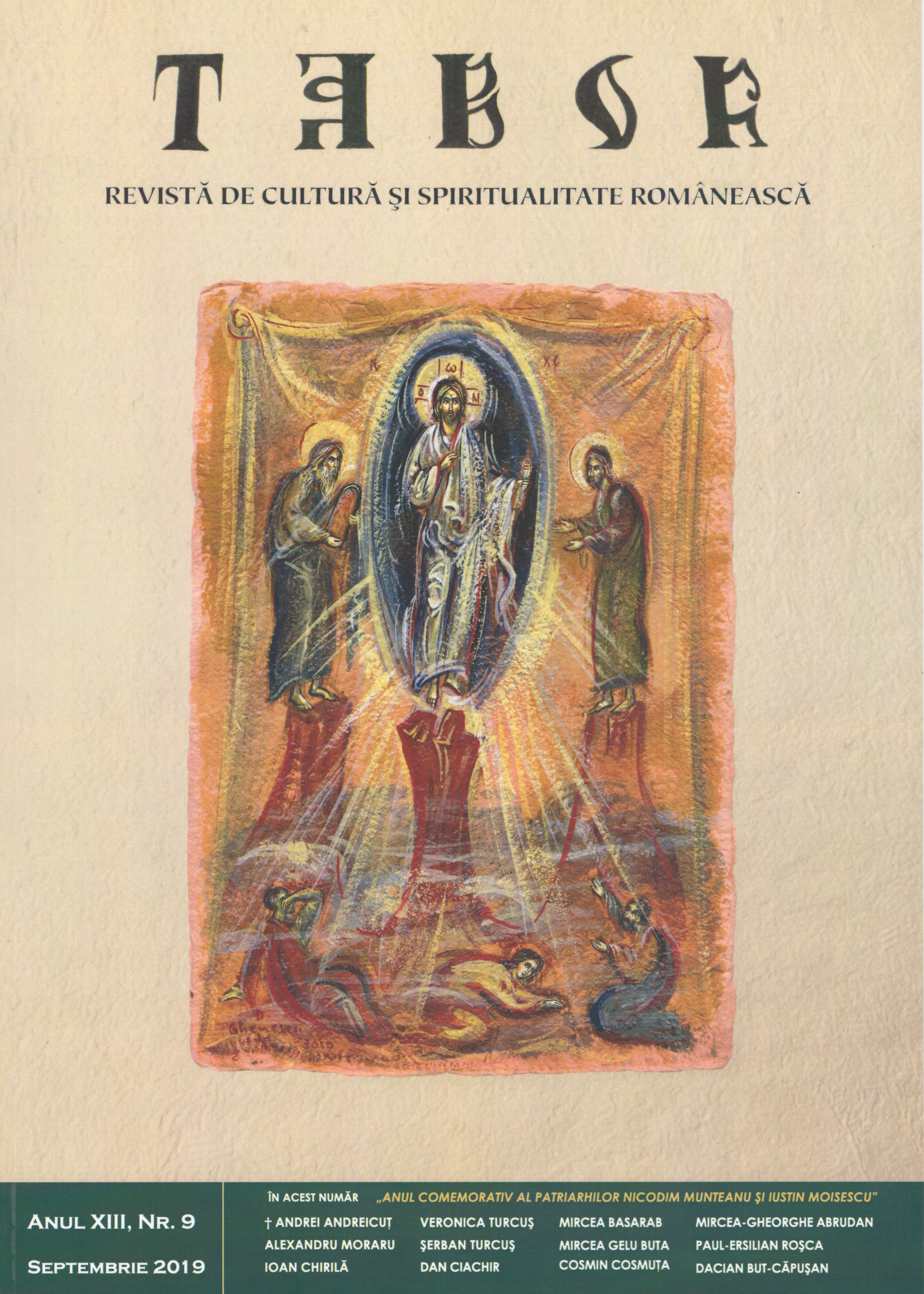The Petersburg Text in the 20th-Century Estonian Literature
Peterburi tekst 20. sajandi eesti kirjanduses
Keywords: Estonian literature; the Peterburg text; metaphysics of the town; searching of one's in another's; finding oneself in others
In Russian literary culture the first mention of "the Petersburg text" belongs to a well-known literary critic and semiotician V. Toporov. St. Petersburg is, indeed, a unique city in Russian history: the day of the beginning of its construction is known; it was built according to a plan, thus resulting in a regular-shaped city; finally, according to the idea of its founder, Peter the Great, the city was intended to introduce the European spirit to Russia. This rational, formal beginning is, however, counterbalanced by numerous myths and legends, which allows one to speak of the mythology and metaphysics of St. Petersburg. In Estonian cultural history St. Petersburg used to have a higher value than any other Russian city. In 1860 a circle of so-called St. Petersburg patriots was established, uniting the Estonians who were struggling for the development of the self-consciousness of the Estonian people and their release from the Baltic Germans' authority. In the 20th century the image of St. Petersburg in the Estonian literature advanced both extensively (increasing the number of works containing "the Petersburg text") and intensively (extending the analysis of the semiotic and mythological role of this Northern capital in the Estonian life to the background of all three centuries of its existence). The article examines the reflection of St. Petersburg in the works, memoirs and diaries of 20th-century Estonian writers (A. Adson, A. Gailit, O. Kruus, O. Luts, H. Sergo a.o.), with the basic feature of finding oneself in the others.
More...















